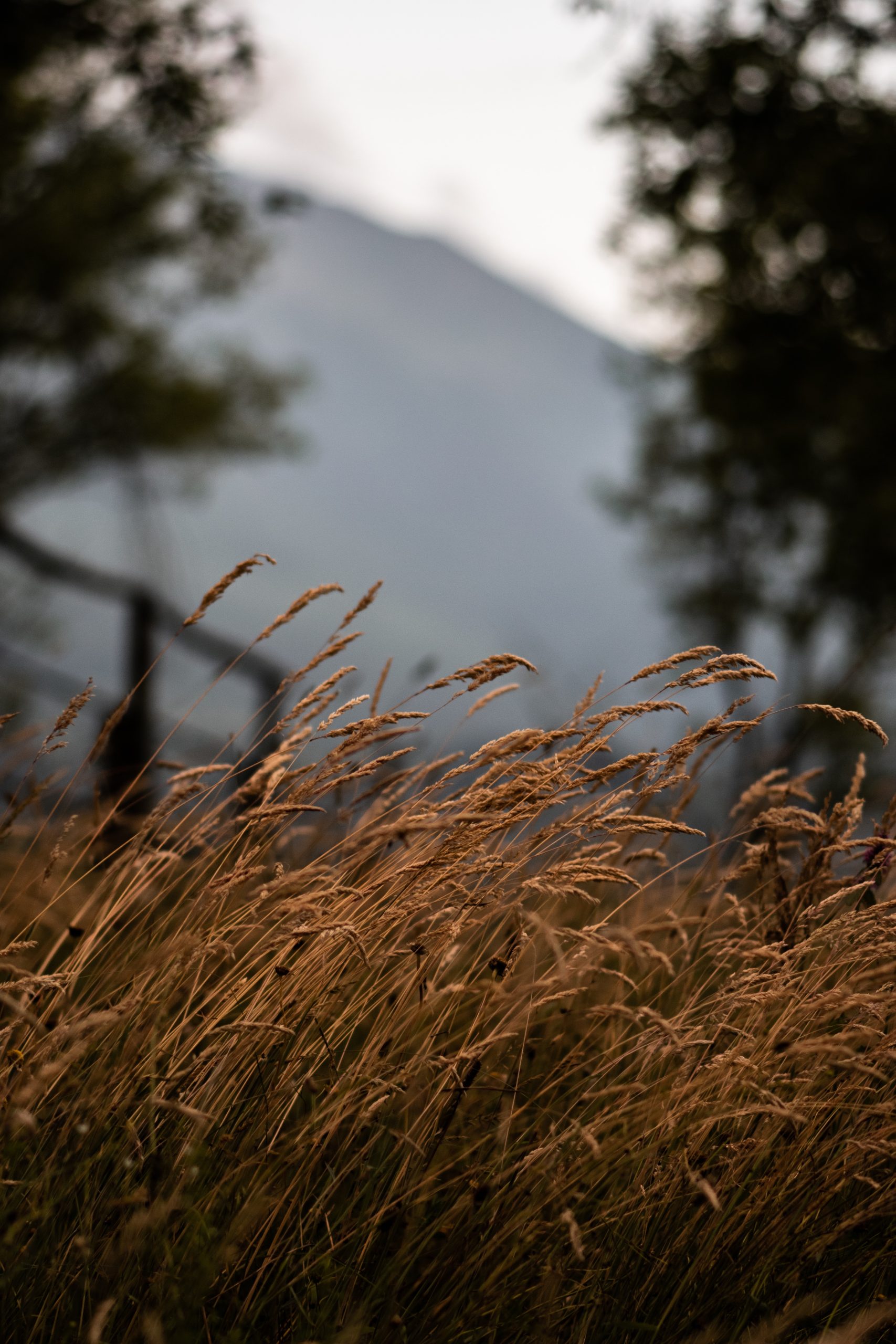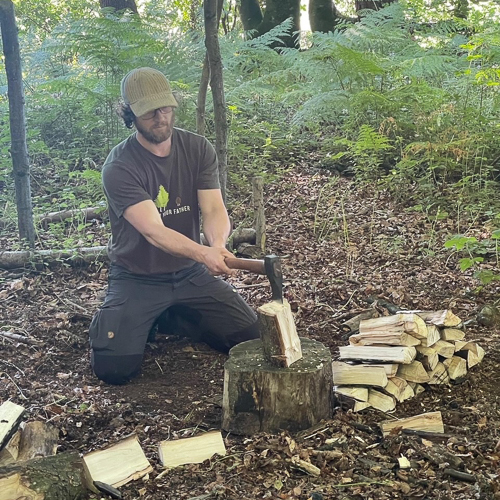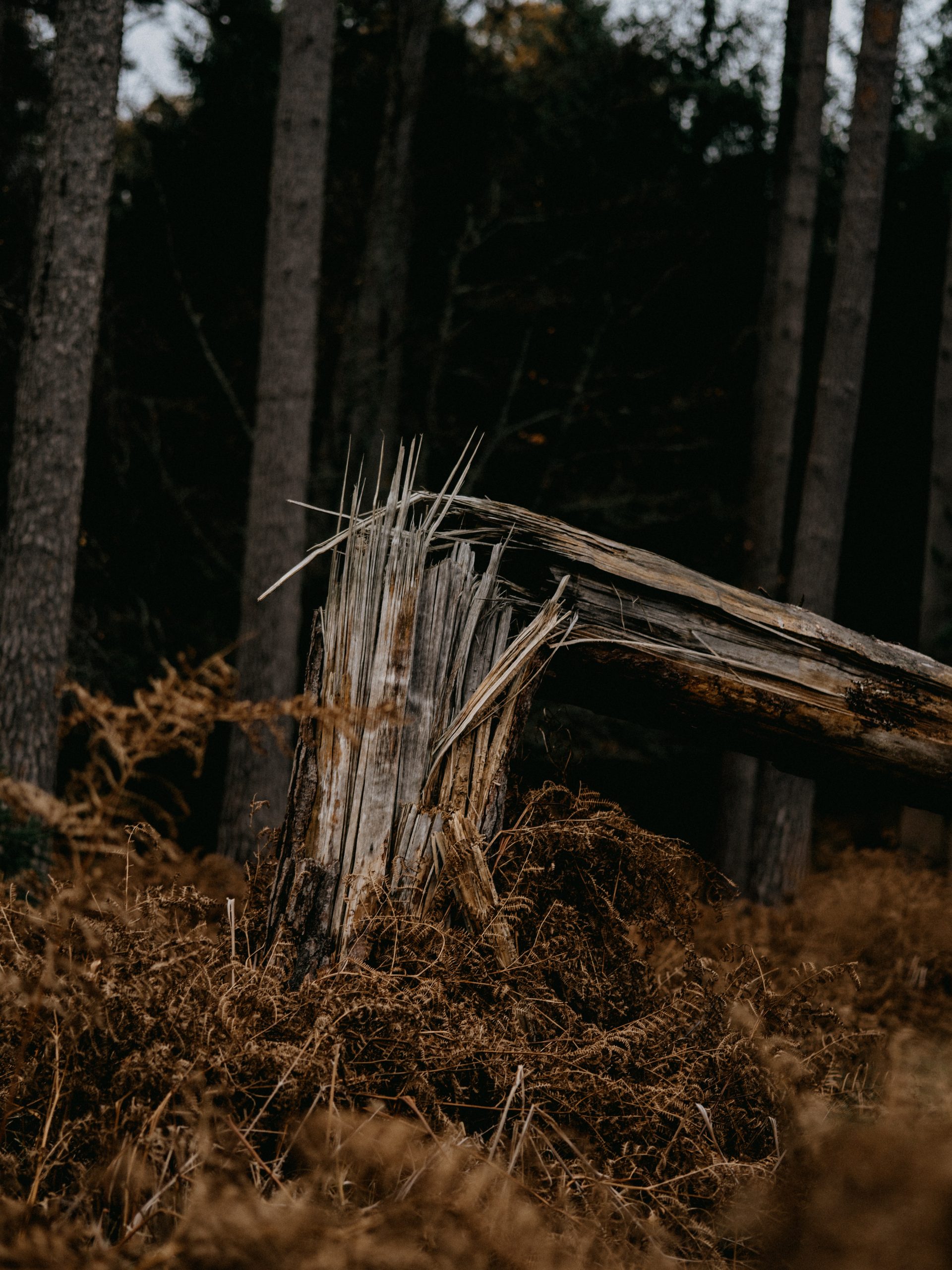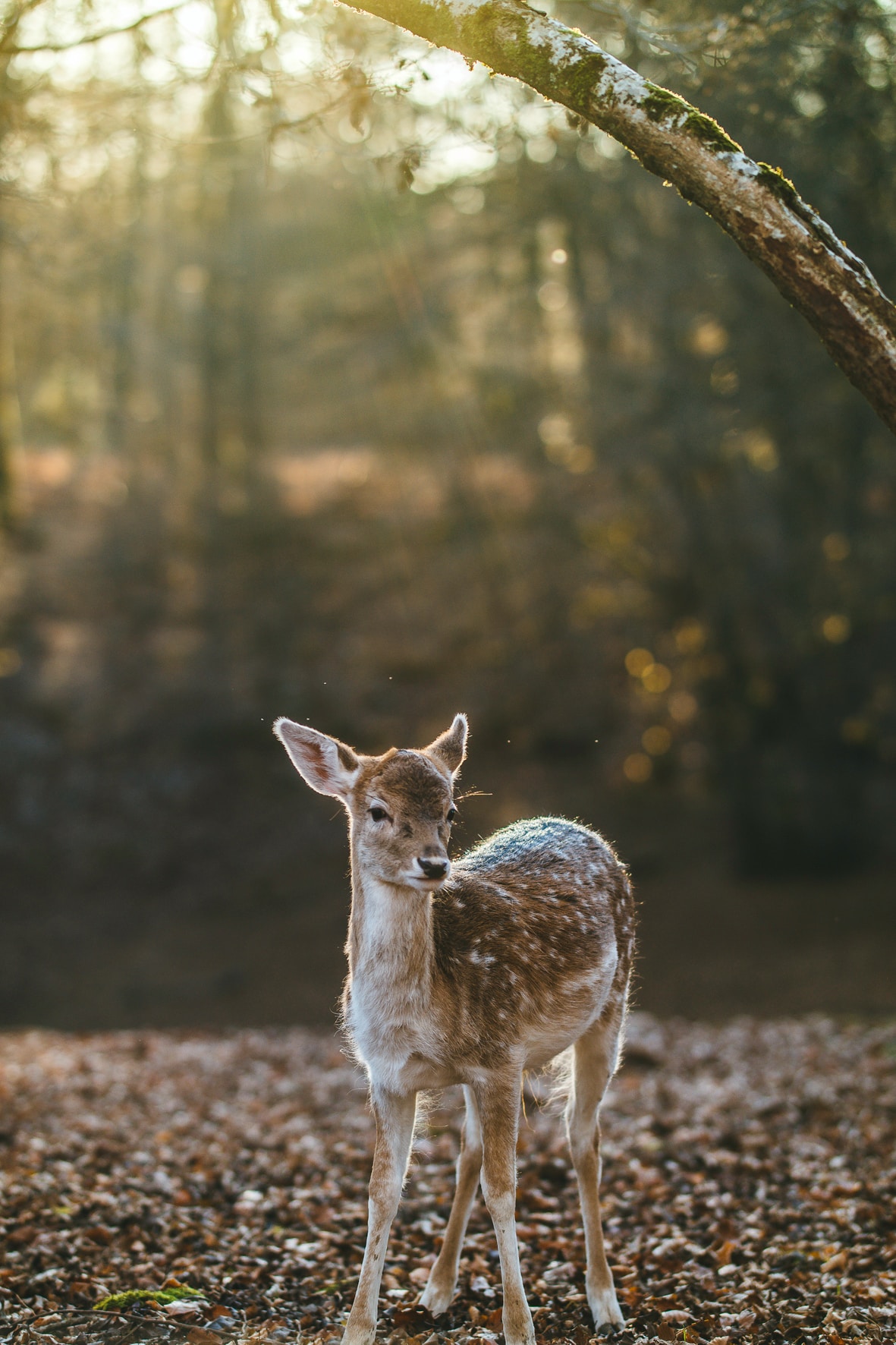
WATER
There are a couple of things to bear in mind here. Firstly, you want to make sure that the site you use isn’t going to collect water so avoiding flood plains and areas that are likely to become boggy or pool with water is important. By paying attention to the relief of the ground and avoiding depressions or obvious channels that might become streams in bad weather you’ll likely stay dry.
This is important even if you are hammock camping – there is nothing worse than waking up in the morning suspended over a swamp!
Secondly, being close to a viable water-source is going to make life easier in the long run. You’ll have to make it safe to drink by purifying it but if you have a choice, go for running water over a stagnant pool. By doing this you will reduce the likelihood of contaminants and minimise illness.
WIND
The primary purpose of a shelter is to protect from wind and general weather so knowing the wind direction is key. If in the UK, the prevailing wind blows in from the SW. Making sure that you’re using your landscape accordingly and taking advantage of the leeward side of hills, rock formations and other features will keep you protected.
To get a good idea of local wind conditions look at the landscape to see how the wind has shaped it. The nearest treeline is a good place to start and will almost certainly hold clues you can use to determine prevailing wind direction.
Wind can vastly reduce your core temperature, particularly if you are wet after being caught in a downpour or if you’ve been sweating making camp!


WOOD
Having a good supply of firewood close to camp is a huge advantage, allowing you to start and sustain your fire throughout the night aiding you to keep your core temperature up. If you have access to a good variety of sizes of standing deadwood and natural tinder then you’ll be well prepared.
Ensure that you have larger material prepped and ready to burn overnight – you’ll sleep much better if you don’t have to keep stoking the fire and your aim should be to still have enough heat in the heart of it to easily get it going again in the morning.
Think also about which direction you’ll be carrying it back to camp – better to slide it downslope than waste valuable calories dragging it uphill.
WIDOWMAKERS
With all woodland environments comes the potential for injury. It isn’t uncommon for there to be fallen trees propped up on there neighbours or huge limbs and branches to be hung up in the canopy – at some point these will either catch the wind or their supports will give way and they will end up on the forest floor.
When selecting a site you will need to check the canopy for any of these widowmakers and it’s a good idea to go as far from camp as the tallest trees are tall. It would suck to be crushed in your sleep by some prime firewood!


WILDLIFE
In the UK we have little to fear from our wildlife but it is a good idea to take note of tracks and game trails in the area. Those track makers may well be on the menu if you are in a survival situation so identifying the comings and goings of whatever is around might prove useful in the future. Elsewhere in the world there are some dangerous animals to be aware of so local knowledge is important and you should clue yourself up on how to identify them.
If several larger game trails merge it can indicate that water is close by and it’s a good idea to move to a quieter spot before setting up camp.
Dependant on the time of year you might get pestered by insects such as mosquitos and midges but assuming you have fire you use smoke to deter them effectively by throwing on a handful of damp leaflitter or green foliage.
Ensure also to keep camp clean and free from food waste as this will keep rodents and other critters away – I once lost half a packet of custard creams to an army of shrews!
By ensuring that your chosen site provides you with access to or protection from the 5 W’s you’ll set yourself up for success when setting up your camp. Something else to bear in mind when prioritising for survival is THE RULE OF 3’S.
To find out more and put some of these principles into practice why not attend one of our survival courses?
